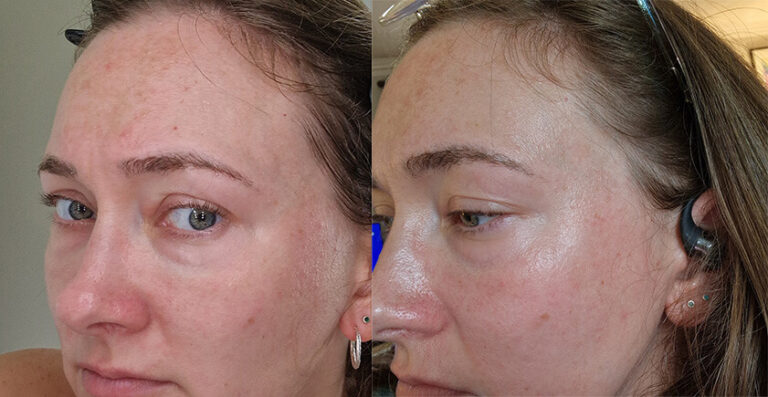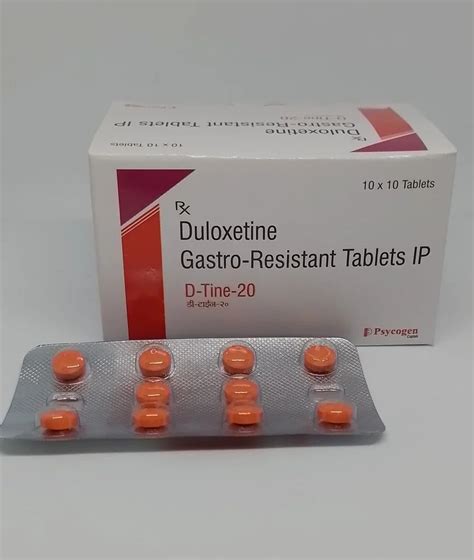Human Immunodeficiency Virus, commonly referred to as HIV, is a complex and multifaceted condition that affects millions of people worldwide. Despite significant advances in medical research and treatment, HIV remains a pressing health concern, with many individuals lacking access to comprehensive information and care. In this article, we will delve into the essential facts about HIV, its transmission, symptoms, treatment options, and most importantly, the ways to protect yourself and your loved ones.
Understanding HIV: A Comprehensive Overview
HIV is a viral infection that attacks the body’s immune system, specifically targeting CD4 cells (T cells), which play a crucial role in helping the immune system fight off infections. If left untreated, HIV can lead to Acquired Immunodeficiency Syndrome (AIDS), a condition characterized by a severely weakened immune system, making the body susceptible to opportunistic infections and certain types of cancer.
Transmission of HIV: Separating Facts from Myths
One of the most critical aspects of HIV prevention is understanding how the virus is transmitted. HIV is primarily spread through:
- Sexual Contact: Unprotected sex (vaginal or anal) with an infected person is a common mode of transmission. Both men and women can contract and transmit HIV.
- Blood Transfusions: Receiving blood that contains HIV can transmit the virus. However, in many countries, blood is rigorously screened for HIV and other infections, making this mode of transmission rare in those areas.
- Mother to Child: Pregnant women with HIV can pass the virus to their babies during pregnancy, childbirth, or breastfeeding. Effective treatment can significantly reduce this risk.
- Shared Needles: Sharing needles or syringes with someone who has HIV can also spread the infection.
Symptoms of HIV: Early Signs and Stages
The symptoms of HIV can vary widely from person to person, and some individuals may not exhibit any noticeable symptoms for years after infection. The early stages of HIV infection can include:
- Flu-like symptoms, such as fever, chills, or rash
- Swollen lymph nodes
- Sore throat
- Fatigue
- Muscle and joint pain
As the virus progresses to AIDS, symptoms can become more severe and may include:
- Recurring fever
- Chronic diarrhea
- Chronic fatigue
- Weight loss
- Pneumonia or other opportunistic infections
Treatment and Management of HIV
While there is no cure for HIV, antiretroviral therapy (ART) can effectively manage the condition, allowing people with HIV to lead long, healthy lives. ART involves taking a combination of HIV medicines every day to control the virus. Early treatment can significantly reduce the risk of transmission and slow the progression of the disease.
Protecting Yourself: Prevention Strategies
Preventing HIV transmission is a critical aspect of controlling the epidemic. Here are several strategies to protect yourself:
- Use Protection: Always use condoms during sex to reduce the risk of HIV transmission.
- Get Tested: Regular HIV testing is crucial for early detection and treatment. Encourage your sexual partners to get tested as well.
- PrEP (Pre-Exposure Prophylaxis): For individuals at high risk of HIV, PrEP involves taking a daily pill that can significantly reduce the risk of infection.
- Avoid Sharing Needles: Never share needles or syringes with others.
- Blood Screening: Ensure that blood transfusions come from a reputable, screened source.
Community and Support: Living with HIV
Living with HIV requires a comprehensive support system, including medical care, counseling, and social support. Connecting with HIV support groups and resources can provide valuable information, emotional support, and a sense of community.
Conclusion: Empowerment Through Knowledge
HIV is a manageable condition with the right information, treatment, and support. By understanding the facts about HIV, how it’s transmitted, its symptoms, and the ways to protect yourself, you empower not only yourself but also your community. Remember, knowledge is the first step towards prevention and care. Stay informed, get tested, and support those living with HIV.
What is the difference between HIV and AIDS?
+HIV (Human Immunodeficiency Virus) is the virus that causes AIDS (Acquired Immunodeficiency Syndrome). While all people with AIDS have HIV, not everyone with HIV has AIDS. AIDS is the most advanced stage of HIV infection, where the body's immune system is severely damaged, making it vulnerable to opportunistic infections and certain types of cancer.
Can HIV be transmitted through kissing or casual contact?
+No, HIV cannot be transmitted through casual contact, such as kissing, hugging, or shaking hands, unless there is blood involved. The virus is not spread through saliva, sweat, or tears unless these fluids are mixed with the blood of an infected person.
How effective is PrEP in preventing HIV transmission?
+When taken as prescribed, PrEP (Pre-Exposure Prophylaxis) is highly effective in reducing the risk of HIV transmission. Studies have shown that PrEP can reduce the risk of HIV infection by up to 92% in individuals at high risk.
In the fight against HIV, education, prevention, and support are our most potent weapons. By combining these elements, we can work towards a future where HIV is no longer a life-threatening condition, but a manageable aspect of health care. Remember, protecting yourself and your community from HIV starts with understanding and embracing the facts. Stay informed, stay safe, and together, let’s make a difference.



